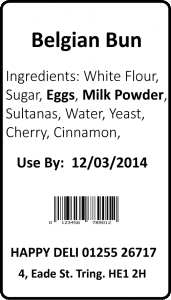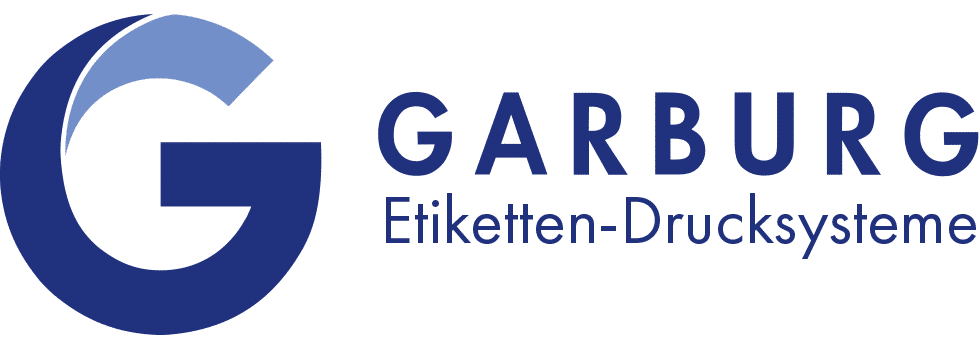Food labelling
The new Regulation (EU) No 1169/2011 on food labelling
On 25 October 2011, the European Parliament and the Council adopted Regulation (EU) No 1169/2011 on food information for consumers (hereinafter referred to as “LMIV” — Food Information Regulation).
The LMIV amends existing EU food labelling rules in order to enable consumers to make informed decisions and ensure the safe use of food while ensuring the free movement of legally produced and marketed food.
The Regulation entered into force on 12 December 2011 and will apply from 13 December 2014, with the exception of the provisions on the nutrition declaration, which will apply from 13 December 2016.
The LMIV amends existing EU food labelling rules in order to enable consumers to make informed decisions and ensure the safe use of food while ensuring the free movement of legally produced and marketed food. The Regulation entered into force on 12 December 2011 and will apply from 13 December 2014, with the exception of the provisions on the nutrition declaration, which will apply from 13 December 2016.
Food business operators must include substances or products in the ingredients list.
which are listed in Annex II to the LMIV. Therefore, that part of the the name of the foodstuff containing the substances/products in which they are to be used.
Annex II (e. g. milk powder). In the sense of a pragmatic approach would, however, also emphasise the entire name of the person concerned. Foodstuffs (e. g. milk powder) as complying with legal requirements to be considered.
If the name of an ingredient is made up of several individual words, the following are used
clearly emphasised only the substances/products which cause allergies or intolerances
(e. g.“poudre de lait”,“latte in polvere”).
Nutrition Declaration
The mandatory nutrition labelling shall include the following information and the quantity of all nutrients or other substances for which a nutrition or health claim is made. calorific value and the amounts of fat, saturated fatty acids, carbohydrates, sugar, protein and salt.
Solution
Garburg has developed solutions especially for these requirements. The new Labelstar Office label printing program makes it possible to highlight individual words with one click. If you have your ingredients in a database, add a list of allergens. When printing labels, the allergens are automatically highlighted. This works with our industrial label printers and dispensers of the Virtus 100 and 200 series.
